UNESCO Guidelines for Inclusive Education ICON Greece

Benefits of inclusive education YouTube
The problem appears to lie with the fact that inequality - in education, as in other areas of human life - tends to be systemic rather than specific. Thus, "making inclusive education a reality requires transforming education systems in all their elements and processes across formal and non-formal education" (UNESCO 2013). And "system.

Creating an Inclusive School/Principles of Inclusive Education YouTube
Pedagogy for Inclusive Education: Some General Principles from the Literature. Having discussed the most common and evident types of inclusive education pedagogy, UDL and DI, along with a newer model that is garnering some attention, the IPAA, a number of general principles on which inclusive education pedagogy might be based become apparent.

OPV222 Cell film Principles of Inclusive education YouTube
2013. United Nations Educational, Scientific and Cultural Organization At a glance Inclusive education is about putting the right to education into action by reaching out to all learners, respecting their diverse needs, abilities and characteristics and eliminating all forms of discrimination in the learning environment. Current strategies and.
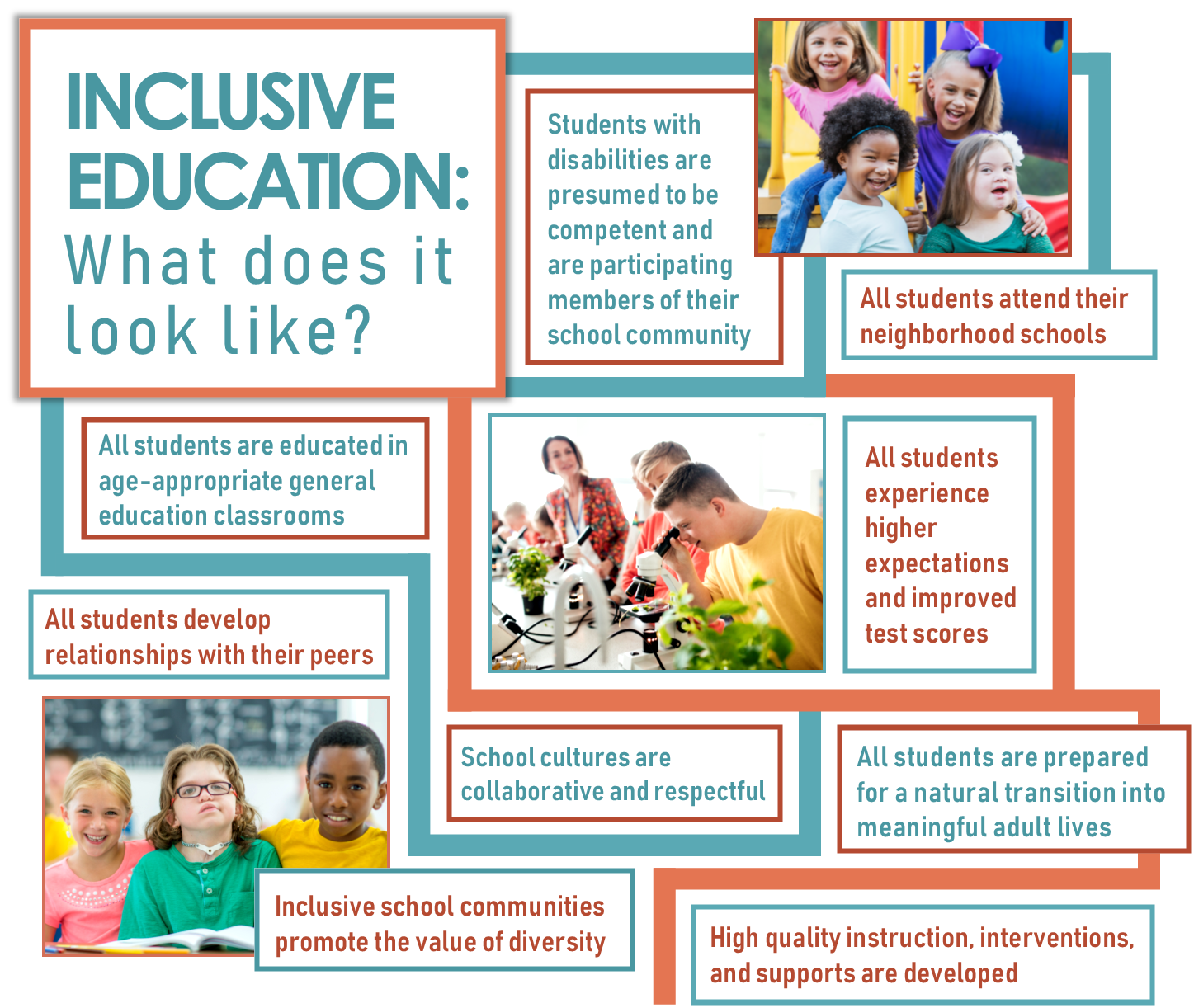
Inclusive Education Lay Advocacy Project
Truly transformative education must be inclusive. The education we need in the 21st century should enable people of all genders, abilities, ethnicities, socioeconomic backgrounds and ages to.
UNESCO Guidelines for Inclusive Education ICON Greece
Inclusive education is based on the principle that local schools should provide for all children and young people regardless of any perceived social, emotional, cultural intellectual or linguistic difference or disability. This paper identifies key concepts associated with inclusive education and discusses them in relation to issues in the.

5 Essential Elements of an Inclusive Learning Environment Inclusion Lab
Simply put, inclusive education refers to removing barriers to and within education to increase access, representation, participation, and success for all students. Elegantly straightforward isn't it. However, as a Swedish writer Karl Ove Knausgaard ( 2018) cautions: "… simplicity is treachery".

The principles of Inclusive education YouTube
Principle Five: Inclusive teachers need commitment, knowledge and practical skills. Umesh Sharma, Professor of Inclusive Education and Educational Psychology. Good teaching is good teaching for all not just for some. Teaching in inclusive classrooms requires teachers to have the 3Hs: the heart (commitment), the head (critical knowledge) and.
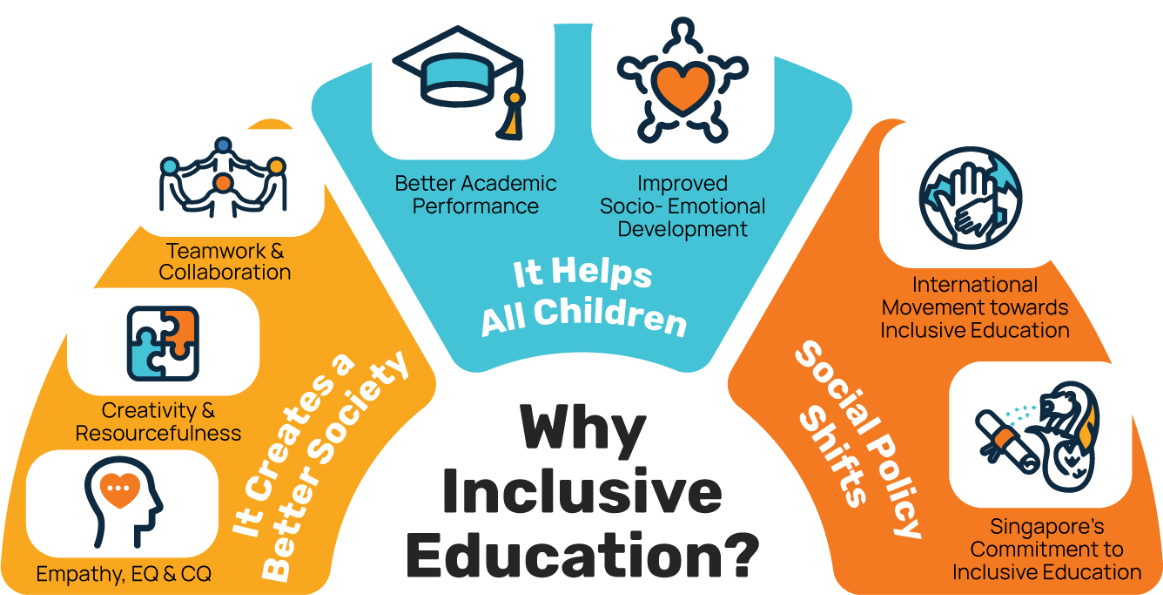
Why Inclusive Education Everyone, Resourced AWWA
The Principles of Inclusion are based on the belief that "Inclusive education builds the capacity of early childhood centres and schools to educate and support all students and contributes to stronger communities." 1 It is essential to inclusion that school staff (including leaders, educators, teacher aides, office staff, and other site.
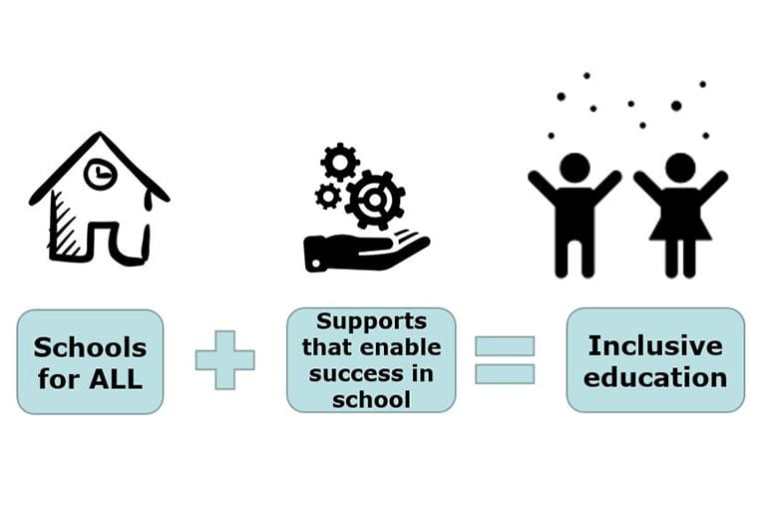
What is inclusive education? CBM Australia
Inclusive education has been internationally recognized as a fundamental human right for all, without exception. This international recognition seeks to address the dramatic inequality in current societies, since the enjoyment of the right to education for many disadvantaged people depends on it being inclusive. The recognition and enjoyment of.

The Power of Inclusive Education YouTube
Inclusive education is a widely accepted pedagogical and policy principle, but its genesis has been long and, at times, difficult. For example, in 1948, the Universal Declaration of Human Rights included statements about rights and freedoms that have, over the decades, been used to promote inclusive educational practices.
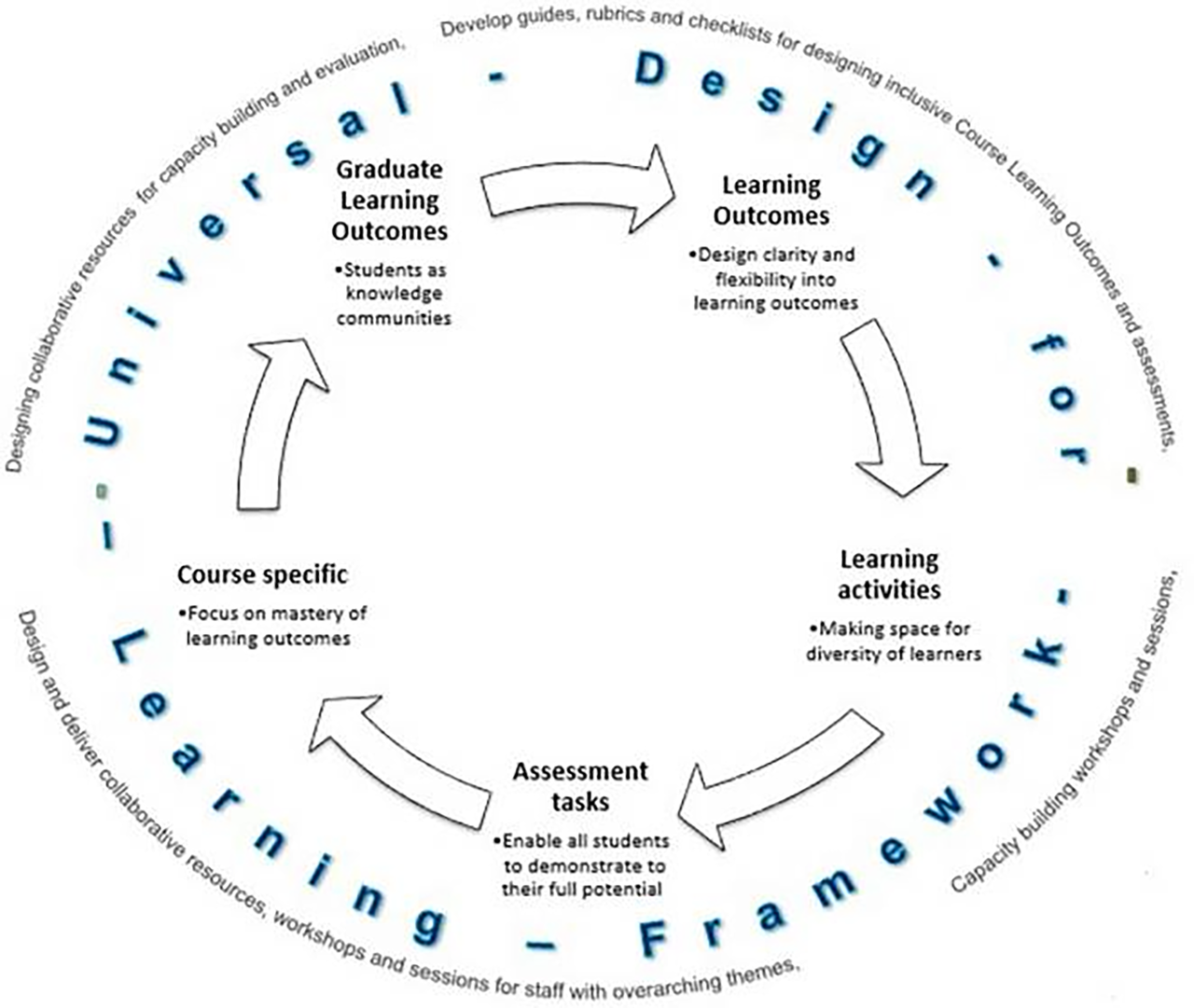
Principles of inclusive education Inclusive Education (ICCB)
Introduction. The general focus on school inclusion can be traced back to The Salamanca Statement and Framework for Action on Special Needs Education that was crafted in 1994 (UNESCO Citation 1994).The Salamanca document features normative principles for inclusion that recognise institutions that include every student, highlight diversity as an asset, support learning, and respond to.
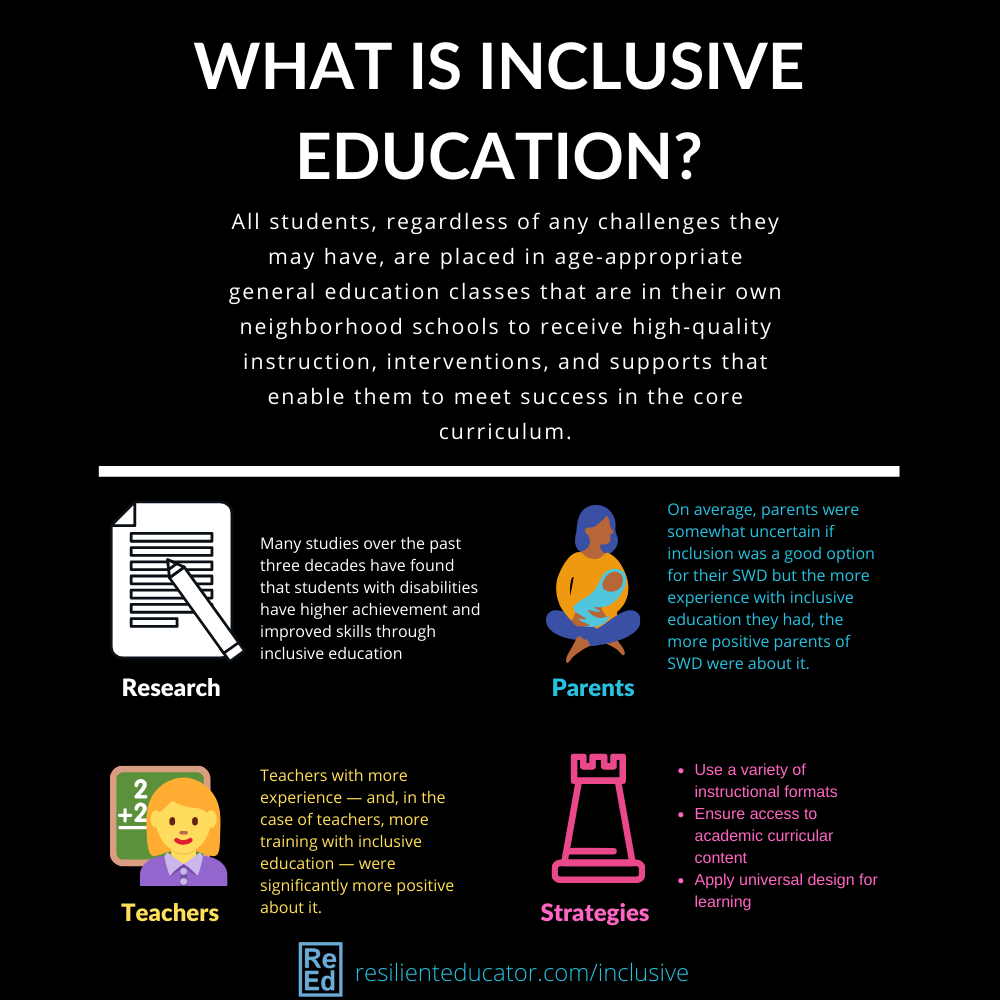
Inclusive Education Definition, Examples, and Classroom Strategies
The ultimate value of an inclusive education for K-12 students centers on the interdependence of our many different identities, histories, cultures, languages and religions. Indeed, if we take a deep breath and reflect on the composition of our nation, an inescapable fact cuts through the cacophony of noise underscoring debates about diversity and inclusion: We cannot avoid the rapid.
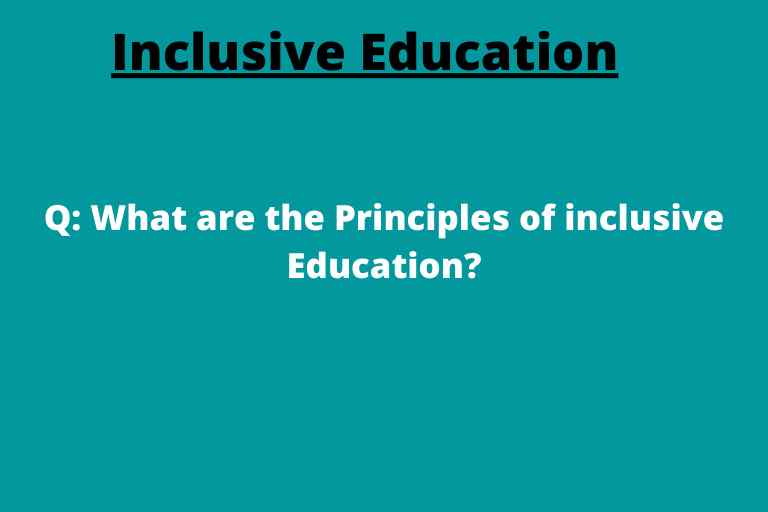
Inclusive Education Concept and Principles b.ed notes StudyQuirk
Inclusive Education: an imperative for advancing human rights and sustainable development - Side Event of CoSP 2023. Inclusion in education is not a slogan. It is a necessity for persons with physical, emotional, developmental, and intellectual disabilities. Learners with disabilities are at high risk of segregation or exclusion from education.
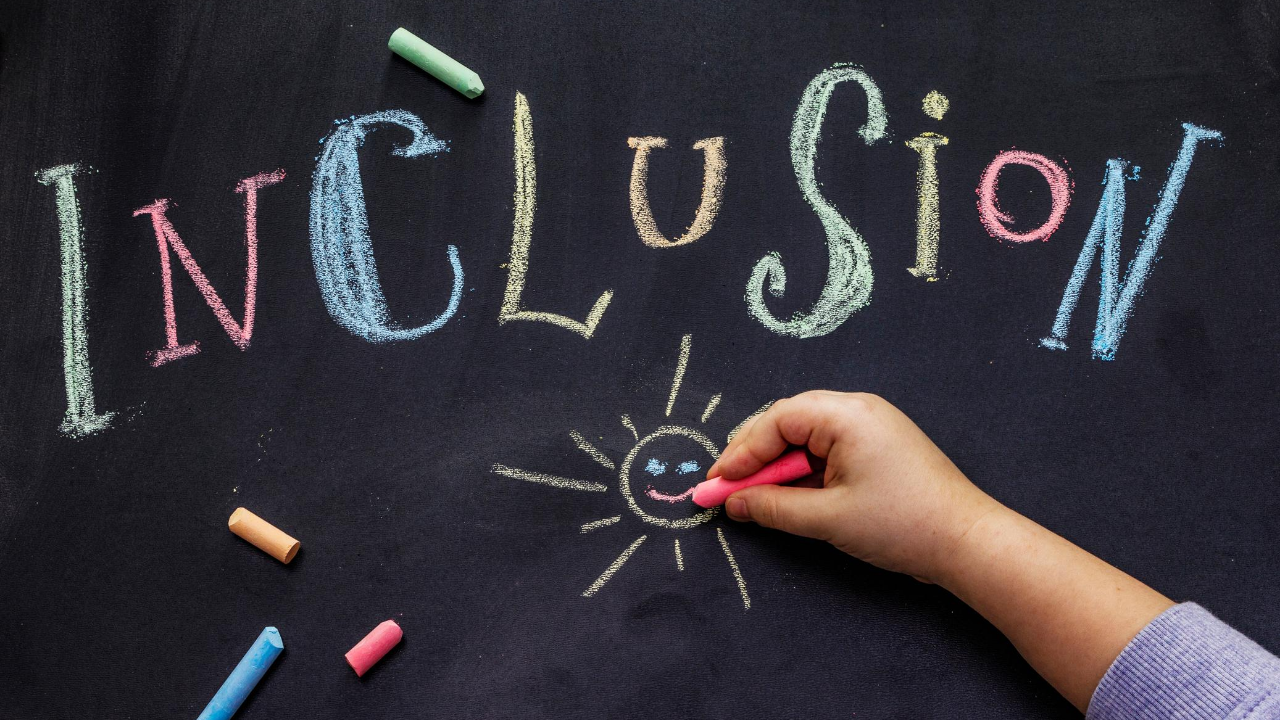
Inclusive Education Why & How? Eblity Blog
Summary. Inclusive education is a widely accepted pedagogical and policy principle, but its genesis has been long and, at times, difficult. For example, in 1948, the Universal Declaration of Human Rights included statements about rights and freedoms that have, over the decades, been used to promote inclusive educational practices.

what is inclusive education Alan McDonald
Develop an understanding of the vision and reality of inclusive education. The chapter starts with an exploration of the concept of inclusion. It discusses why inclusive education is a complex issue and the implications of these complexities in policy and practice. It also outlines key principles and practices of inclusive education that.
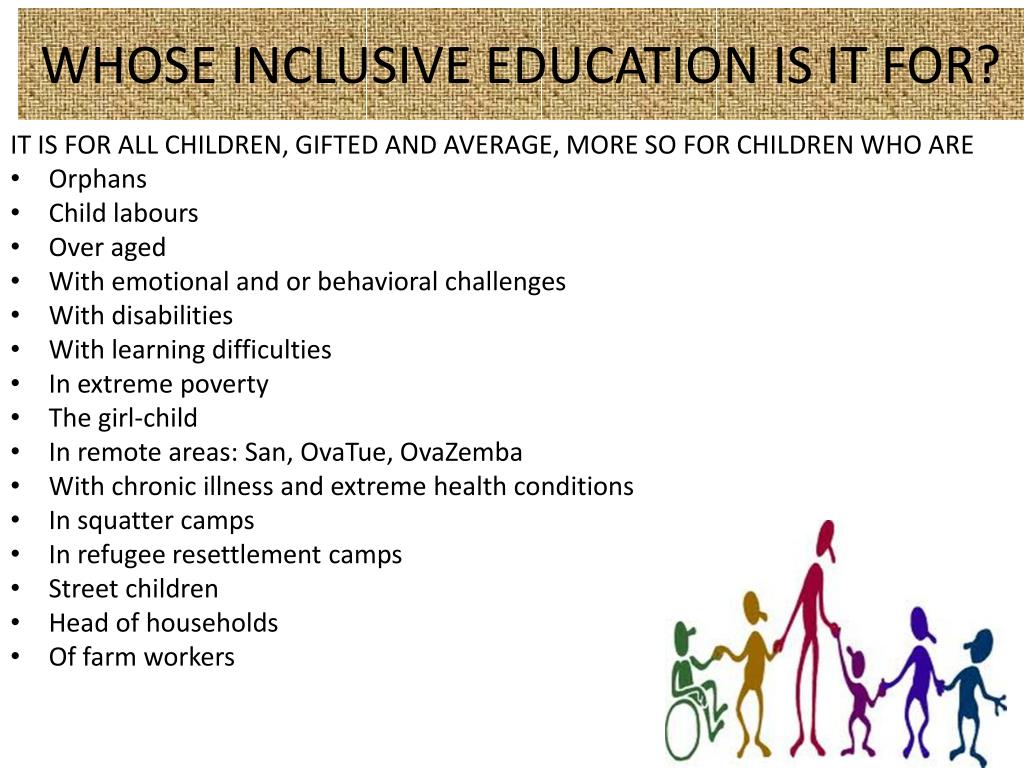
PPT INCLUSIVE EDUCATION PowerPoint Presentation, free download ID
An inclusive approach to education means that each individual's needs are taken into account and that all learners participate and achieve together. It acknowledges that all children can learn and that every child has unique characteristics, interests, abilities and learning needs. Special focus is placed on learners who may be at risk of.